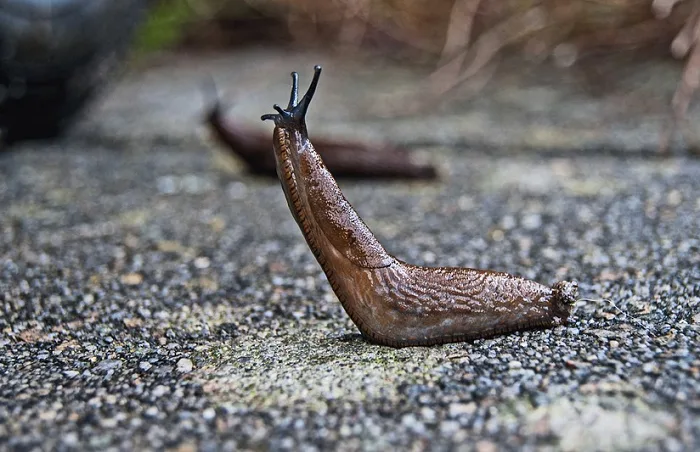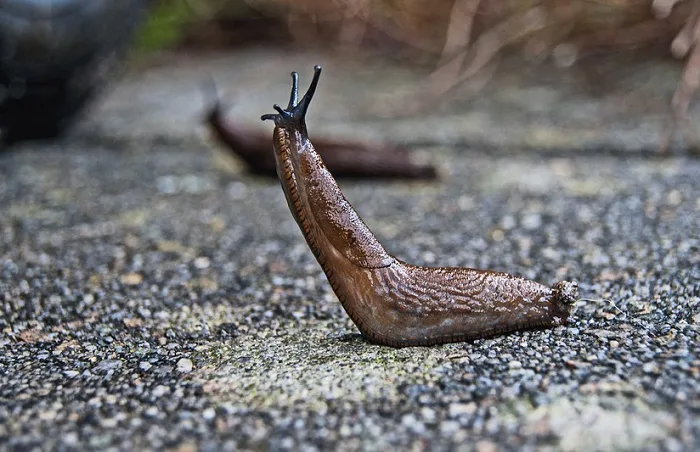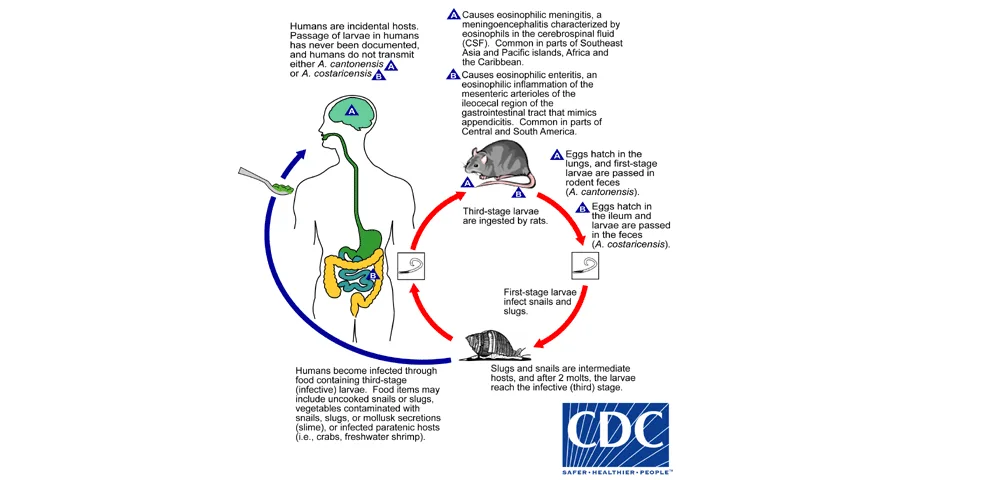
3 unrelated cases of rat lungworm disease found in Hawaii
While infections are rare, officials say it's important to be aware of the risks.

One of the tourists contracted the disease after eating a slug on a dare. Stock photo courtesy: Pixabay
Three unrelated cases of angiostrongyliasis, or rat lungworm disease, have been confirmed in visitors to Hawaii Island, according to a recent report by Hawaii's Department of Health (DOH).
Summer revealed! Visit our Complete Guide to Summer 2019 for an in depth look at the Summer Forecast, tips to plan for it and much more
ATE SLUG ON A DARE
One of the adult tourists, a resident of the Mainland U.S., was infected in December 2018 after eating a slug on a dare. The unnamed person was not hospitalized, the DOH says.
Another visitor became ill in January 2019. The individual was not hospitalized. While it's not clear how they became sick, it may be due to eating several homemade salads while on vacation.
The third patient contracted the disease in February 2019, requiring hospitalization. The source of the illness isn't confirmed, but DOH suspects infection occurred when the tourist ate "unwashed raw fruits, vegetables, and other plants straight from the land."
RELATED VIDEO: BIRD PARASITES A CONCERN IN CANADA
FIVE CASES IN 2019, TEN IN 2018
So far, there have been five confirmed cases of rat lungworm in Hawaii in 2019, and 10 the year before. All infections occurred on Hawaii Island.
“It’s important that we ensure our visitors know the precautions to take to prevent rat lungworm disease, which can have severe long-term effects,” DOH Health Director Bruce Anderson said in a statement.
WHAT IS RAT LUNGWORM?

Life cycle of a rat lungworm infection. Courtesy: CDC).
Rat lungworm is a disease that affects the human brain and spinal cord. It's caused by Angiostrongylus cantonensis, a roundworm parasite.
The adult form of the parasite lives in rodents, which can pass larvae through their feces.
"Snails, slugs, and certain other animals (including freshwater shrimp, land crabs, and frogs) can become infected by ingesting these larvae," DOH says on its website.
RELATED:
"Humans can become infected with A. cantonensis if they eat (intentionally or otherwise) a raw or undercooked infected intermediate host, thereby ingesting the parasite."
In humans, worms can migrate into the lungs or brain where they will eventually die.
Most people will recover on their own over a period of several weeks or months without treatment -- but an infection can "occasionally" be fatal, according to a statement on Australia NSW government's website.
RAT LUNGWORM PREVENTION
When visiting Hawaii Island, DOH recommends:
Washing all fruits and vegetables with clean, running water to remove any tiny slugs or snails.
Making sure snail, slug, and rat populations around homes, gardens, and farms are controlled.
Inspecting, washing, and storing produce in sealed containers, regardless of whether it came from a local retailer, farmer’s market, or backyard garden.










